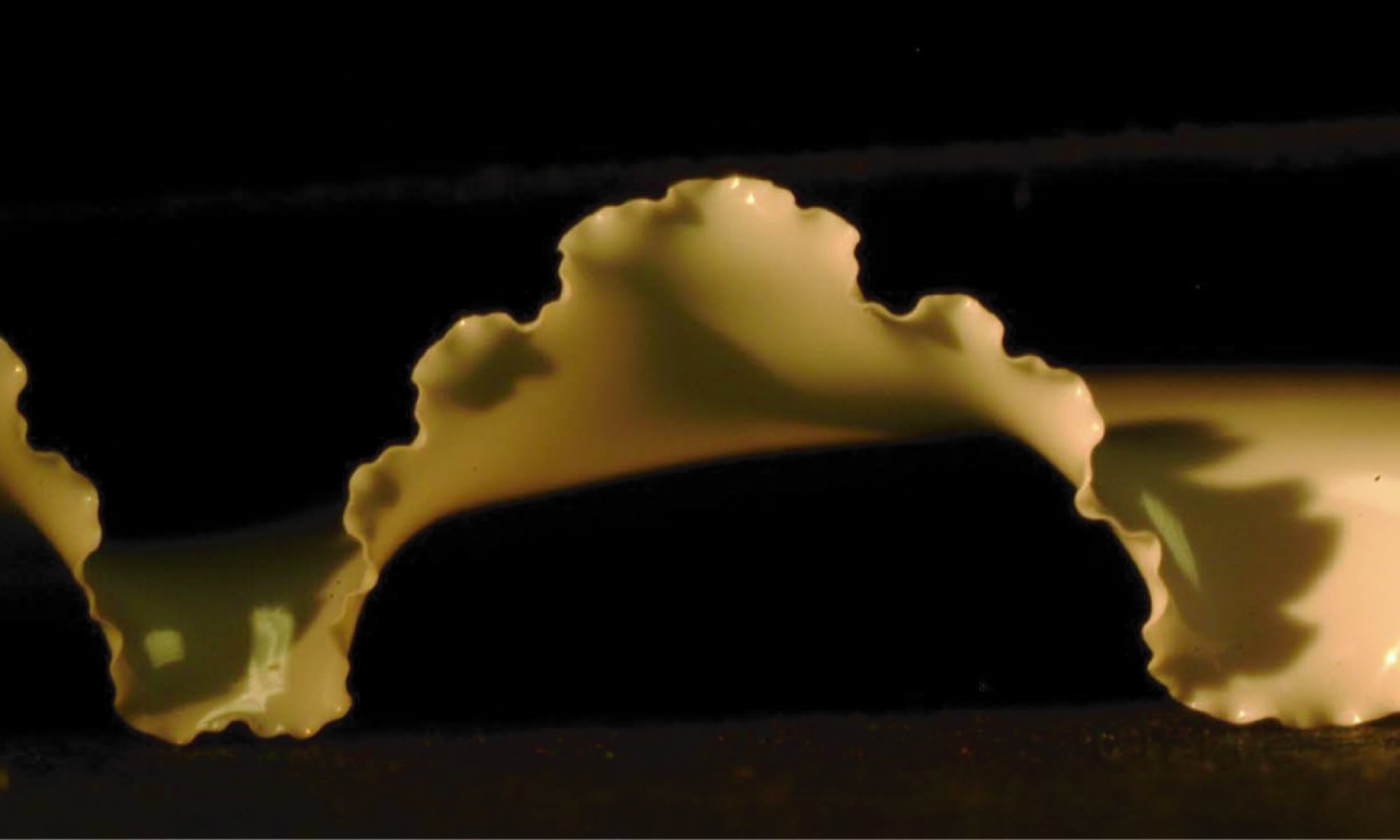Sufficently soft solids may be deformed by a liquid interface. In fact at small scale, surface forces become dominant over elastic (volume) effects. Examples: Microstructures may be destroyed during drying, or wet hairs gather in bundles.
- A water drop on a flexible sheet
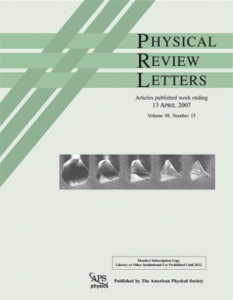 As water evaporates, this elasto-capillary system folds over and may produce complex shapes (cylinder, pyramid, cube or faceted sphere). Beyond scientific curiosity, such capillary origami self-assembly is relevant for building 3D microstructures from 2D templates. This overcomes a major limitation of most microfabrication technologies which only produce planar structures. At small scales capillary forces indeed dominate over other interactions and minute droplets may serve as micro-pliers.
As water evaporates, this elasto-capillary system folds over and may produce complex shapes (cylinder, pyramid, cube or faceted sphere). Beyond scientific curiosity, such capillary origami self-assembly is relevant for building 3D microstructures from 2D templates. This overcomes a major limitation of most microfabrication technologies which only produce planar structures. At small scales capillary forces indeed dominate over other interactions and minute droplets may serve as micro-pliers. - Wet hairs.
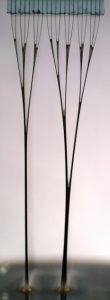 How many hairs in the clumps of a wet dog’s fur?
How many hairs in the clumps of a wet dog’s fur?
This question has important consequences for the stability of micro-structures in a humid environment.
- Capillary buckling of an annulus.
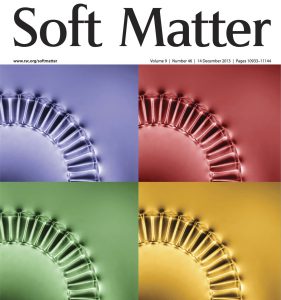
A floating annulus with a difference in surface tension between inside and outside may become unstable and buckle. We have studied the thereshold and non-linear evolution of this elasto-capillary instability.
- Capillary sticking on a rigid sphere
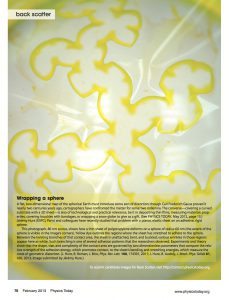 Capillary forces provide adhesion between two wet surfaces. Here we study the adhesion of a thin elastic sheet on a sticky rigid sphere, and elucidate striking and beautiful patterns.
Capillary forces provide adhesion between two wet surfaces. Here we study the adhesion of a thin elastic sheet on a sticky rigid sphere, and elucidate striking and beautiful patterns.
- Adhésion sèche sur un substrat mou, et friction
- Adhésion d’une coque
